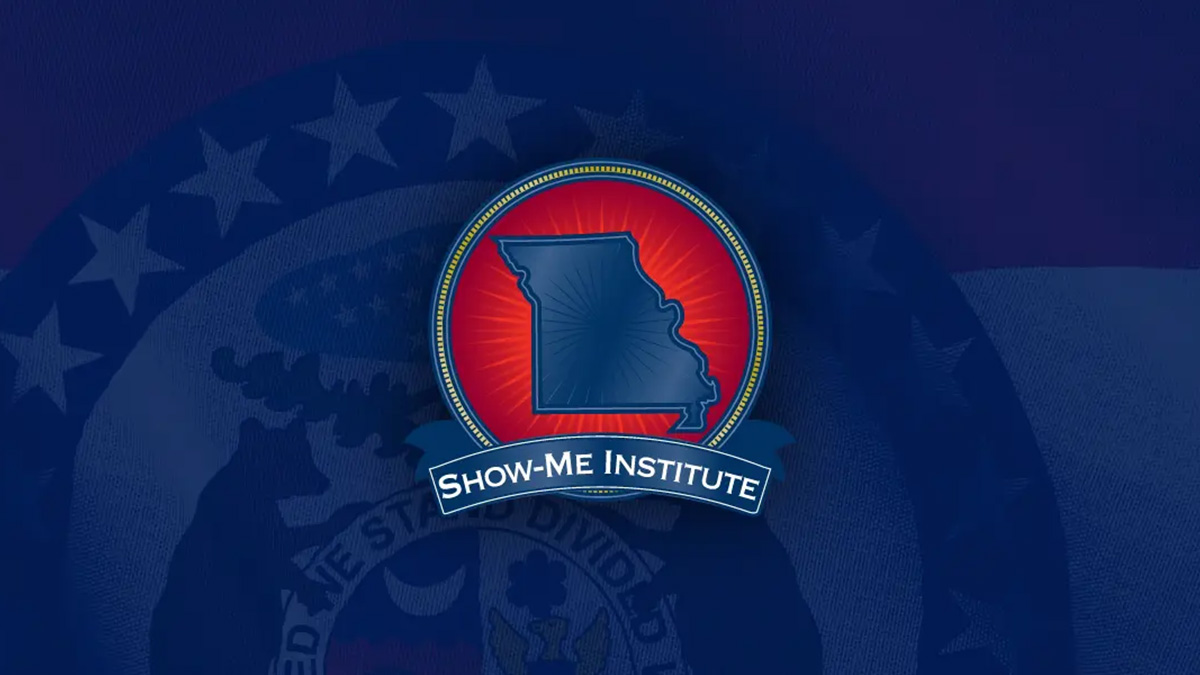Real School Choice Options Would Help to Narrow Educational Achievement Gap
This week, organizations across the country are holding events to celebrate National School Choice Week, so it’s worth taking a moment to reflect on the benefits we receive from the educational options that most of us enjoy. The opponents of school choice often deride it, suggesting that it only serves as a means of undermining public education. Most middle- and upper-class parents, however, already exercise control over most aspects of their children’s educations. They choose their homes based in part on the quality of the school district they are located within, or, if they have the resources, they decide among a number of private and parochial schools.
These schools are not perfect — far from it, in some cases — but, for most of these students and parents, the system works relatively well. There is a well-known correlation between academic achievement and socioeconomic status, and students from higher-income families outperform lower-income students on practically every measure. This disparity is also reflected in the achievement gap between white and minority students. Tino Sanandaji, a Ph.D. student in public policy at the University of Chicago, recently compared the scores of non-Hispanic white American students with those of non-immigrant Europeans on the Programme for International Student Assessment (PISA) test, and found that the American students performed admirably. White Americans scored seventh out of 28 countries, beating students from Denmark, Sweden, and France, as well as an average of 15 European Union countries.
On the other hand, our educational system routinely fails poor and minority students — those least able to choose a different school by moving to another district. Although the racial achievement gap has narrowed somewhat in recent years, at age 17, black and Hispanic students still score about 10 percent worse on average than white students on the reading portion of the National Assessment of Educational Progress (NAEP). There a number of proven ways we can expand choice and improve academic achievement for those students.
Missouri has already experienced some success with charter schools. According to a 2009 study by the Center for Research on Education Outcomes at Stanford University, students attending charter schools in Missouri show more improvement in both mathematics and reading than similar students in traditional public schools, and this remains true when looking only at black and Hispanic students. Unfortunately, state statute limits the existence of charter schools to the cities of Saint Louis and Kansas City. If that restriction were removed, the gains of charter schools could be expanded to students in other struggling districts.
Furthermore, we could provide parents and students with more options in existing public school districts simply by restructuring how the schools are funded. Under a weighted-student-formula program (also known as “backpack funding”), students can attend any school within the district, and the schools are funded based upon the number of students they attract — with more dollars devoted to students who typically require more resources to educate (e.g., those with disabilities). Schools are then allowed more autonomy to experiment and compete for students — and for the money attached to them. In California, the cities of San Francisco and Oakland both implemented backpack funding and saw large gains in student achievement across ethnic and socioeconomic lines. San Francisco is now the top performing large urban school district in California. There is no reason, outside of political intransigence, that the Saint Louis and Kansas City school districts could not enact the same reforms.
It would be difficult to design an educational system worse for the disadvantaged than one that assigns students to schools based on the housing that their parents can afford. Although our best schools, public and private, are the product of parental choice, poor and minority students are frequently stuck in monopolistic urban school districts. School choice is not a panacea for this problem, but giving parents the power to choose is a necessary step toward ensuring a quality education for all of Missouri’s students.
John Payne is a research assistant for the Show-Me Institute, an independent think tank promoting free-market solutions for Missouri public policy.


